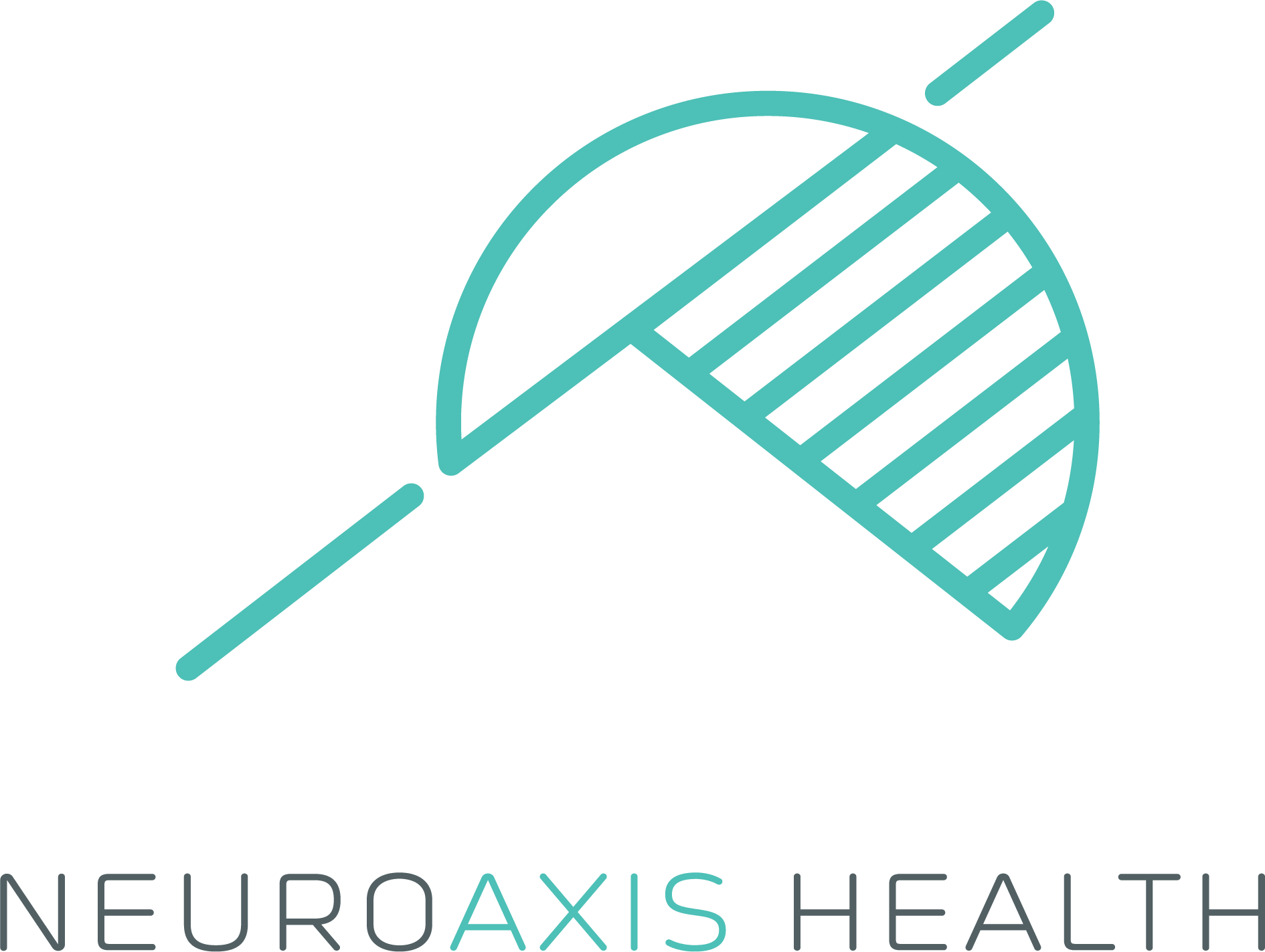Concussion Treatment: A combination of neck therapy and vestibular rehabilitation
This is a great article that validates the need for implementing a combination of spine therapy and vestibular rehabilitation for the treatment of concussion. A well-trained concussion rehab expert should understand the integrated function of the musculoskeletal system, the vestibular system and the visual system and how to customize rehabilitation strategies specific to an individual's brain.
Cervicovestibular rehabilitation in sport-related concussion: a randomised controlled trial
+Author Affiliations
1Faculty of Kinesiology, Sport Injury Prevention Research Centre, University of Calgary, Calgary, Alberta, Canada
2Faculty of Medicine, Alberta Children's Hospital Research Institute for Child & Maternal Health, University of Calgary, Calgary, Alberta, Canada
3Department of Community Health Sciences, Faculty of Medicine, University of Calgary, Calgary, Alberta, Canada
4Department of Pediatrics, Faculty of Medicine, University of Calgary, Calgary, Alberta, Canada
5Department of Physical Therapy and Brain Research Centre, UBC Hospital, University of British Columbia, Vancouver, British Columbia, Canada
Correspondence toDr Kathryn J Schneider, Faculty of Kinesiology, Sport Injury Prevention Research Centre, University of Calgary, 2500 University Drive N.W., Calgary, Alberta, Canada, T2N 1N4;kjschnei@ucalgary.ca
Accepted 2 May 2014
Published Online First 22 May 2014
Abstract
Background/aim Concussion is a common injury in sport. Most individuals recover in 7–10 days but some have persistent symptoms. The objective of this study was to determine if a combination of vestibular rehabilitation and cervical spine physiotherapy decreased the time until medical clearance in individuals with prolonged postconcussion symptoms.
Methods This study was a randomised controlled trial. Consecutive patients with persistent symptoms of dizziness, neck pain and/or headaches following a sport-related concussion (12–30 years, 18 male and 13 female) were randomised to the control or intervention group. Both groups received weekly sessions with a physiotherapist for 8 weeks or until the time of medical clearance. Both groups received postural education, range of motion exercises and cognitive and physical rest until asymptomatic followed by a protocol of graded exertion. The intervention group also received cervical spine and vestibular rehabilitation. The primary outcome of interest was medical clearance to return to sport, which was evaluated by a study sport medicine physician who was blinded to the treatment group.
Results In the treatment group, 73% (11/15) of the participants were medically cleared within 8 weeks of initiation of treatment, compared with 7% (1/14) in the control group. Using an intention to treat analysis, individuals in the treatment group were 3.91 (95% CI 1.34 to 11.34) times more likely to be medically cleared by 8 weeks.
Conclusions A combination of cervical and vestibular physiotherapy decreased time to medical clearance to return to sport in youth and young adults with persistent symptoms of dizziness, neck pain and/or headaches following a sport-related concussion.
